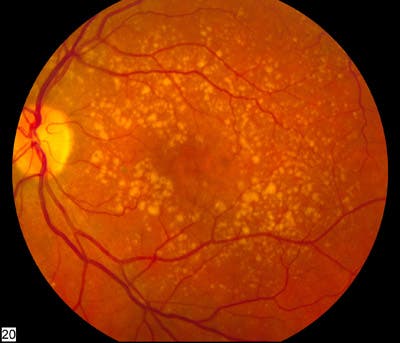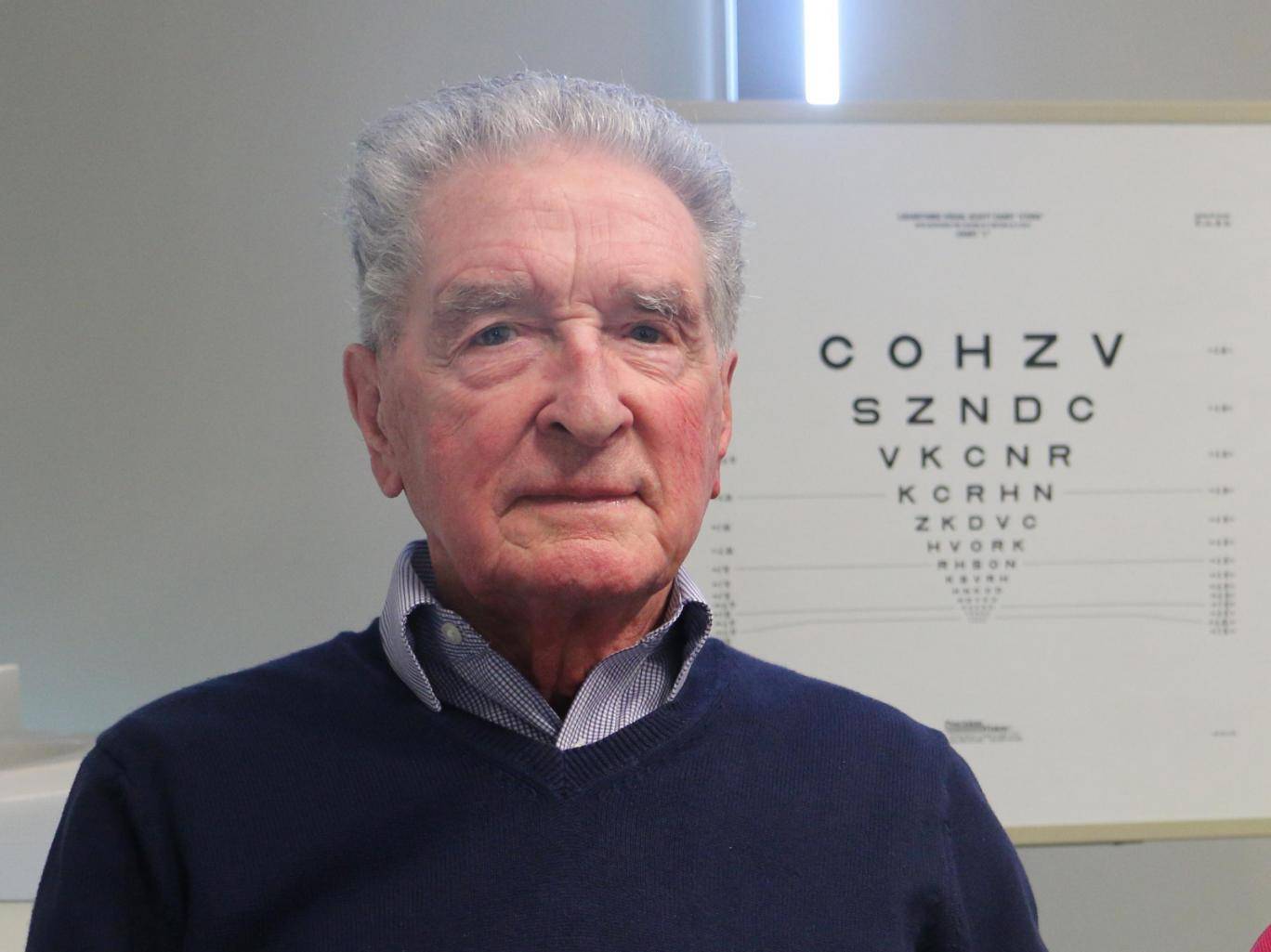Scientists have developed a specially engineered retinal patch to treat people with sudden, severe sight loss.
The macula lutea (an oval region at the center of the retina) is responsible for the central, high-resolution color vision that is possible in good light; when this kind of vision is impaired due to damage to the macula, the condition is called age-related macular degeneration (AMD or ARMD). Macula lutea means ‘yellow spot’ in Latin.

Via Wikipedia
Douglas Waters, an 86-year-old from London, had lost his vision in July 2015 due to severe AMD. After a few months, Waters became part of a clinical trial developed by UC Santa Barbara researchers that used stem cell-derived ocular cells. He received his retinal implant at Moorfields Eye Hospital, a National Health Service (NHS) facility in London, England.
Before the surgery, Water’s sight was very poor, and he wasn’t able to see anything with his right eye. After the surgery, his vision improved so much that he could read the newspaper and help his wife in the garden.
The study, published in Nature Biotechnology, shows groundbreaking results. Researchers could safely and effective implant a specially engineered patch of retinal pigment epithelium cells derived from stem cells to treat people with sudden severe sight loss from wet AMD. This is the first time a completely engineered tissue has been successfully transplanted in this manner.
“This study represents real progress in regenerative medicine and opens the door on new treatment options for people with age-related macular degeneration,” said co-author Peter Coffey, a professor at UCSB’s Neuroscience Research Institute and co-director of the campus’s Center for Stem Cell Biology & Engineering.

AMD usually affects people over the age of 50 and accounts for almost 50% of all visual impairment in the developed world. The condition disturbs central vision responsible for reading, leaving the surrounding eyesight normal. Wet AMD is caused by hemorrhage or liquid accumulation into the region of the macula, in the center of the retina. Wet AMD almost always starts as dry AMD. Researchers believe that this new technique will be the future cure for dry AMD.
Scientists wanted to see whether the diseased retinal cells could be replenished using the stem cell patch. They used a specially engineered surgical tool to insert the patch under the affected retina. The operation lasted almost two hours.
Besides Water, another patient, a 60-year-old woman who also suffered from wet AMD, underwent the surgery. The two patients were observed for one year and reported improvements to their vision. The results were incredible — the patients went from being almost blind to reading 60 to 80 words per minute with normal reading glasses.
“We hope this will lead to an affordable ‘off-the-shelf’ therapy that could be made available to NHS patients within the next five years,” said Coffey, who founded the London Project to Cure Blindness more than a decade ago.


